How Precision Tools Are Shaping Modern UX Design
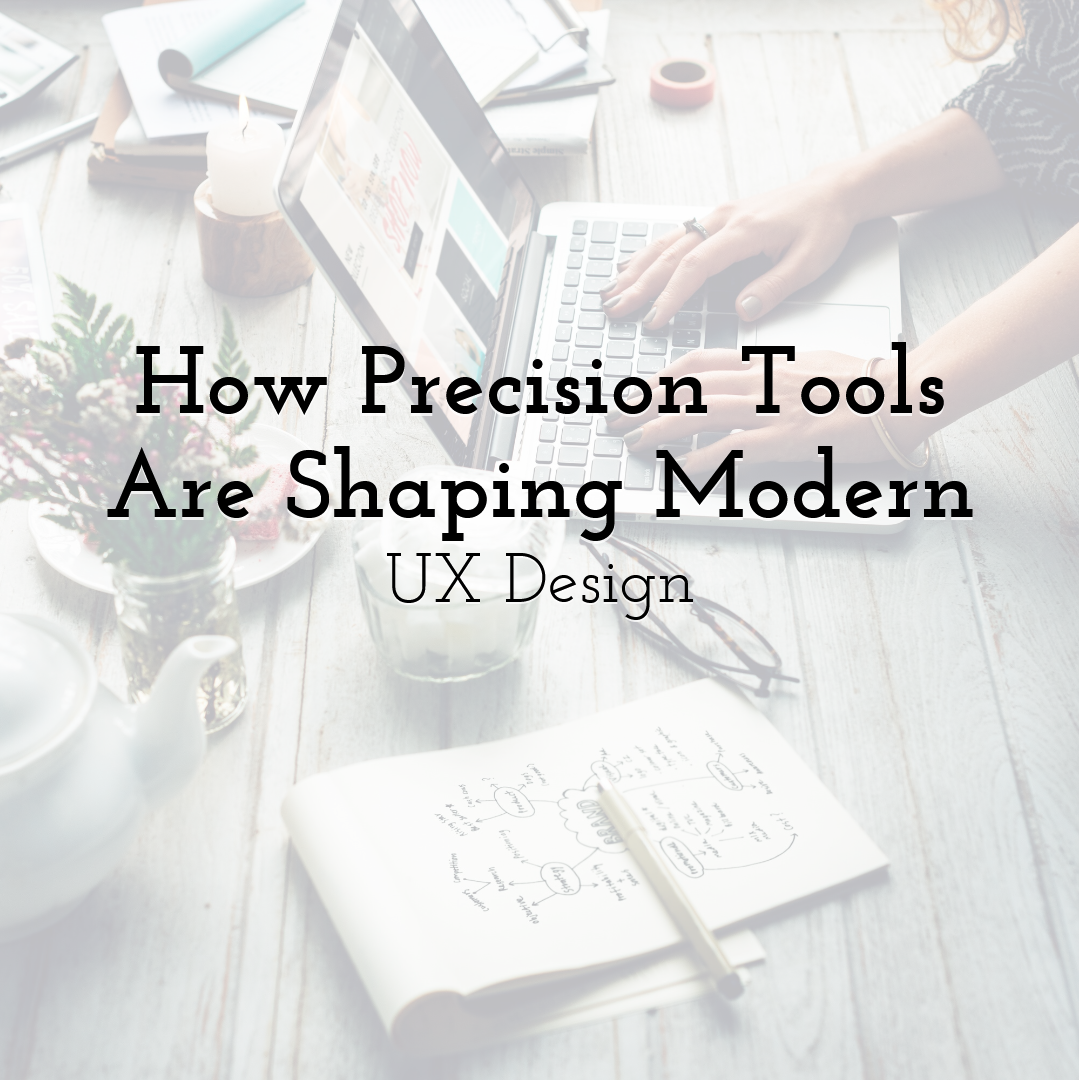
In the rapidly evolving landscape of digital design, user experience (UX) has emerged as a central pillar of successful products, shaping not only aesthetics but also usability, accessibility, and overall satisfaction. Precision tools have become indispensable for UX designers seeking to create interfaces that meet the increasingly sophisticated expectations of modern users. These tools enable designers to meticulously measure, adjust, and refine every element of an interface, from alignment and spacing to responsiveness across different devices and platforms. By using advanced design software, hardware, and input devices, designers can iterate faster and more effectively, ensuring that every interaction feels seamless and intuitive. Furthermore, precision tools play a critical role in bridging the gap between conceptual design and practical implementation, allowing teams to translate ideas into high-fidelity prototypes that accurately reflect intended user interactions. This level of accuracy not only reduces errors during development but also improves end-user satisfaction, reinforcing brand credibility and loyalty. In addition, precision tools facilitate rigorous usability testing and analytics, providing designers with actionable insights that guide continuous improvements in interface design.
The Rise of Precision in UX Design
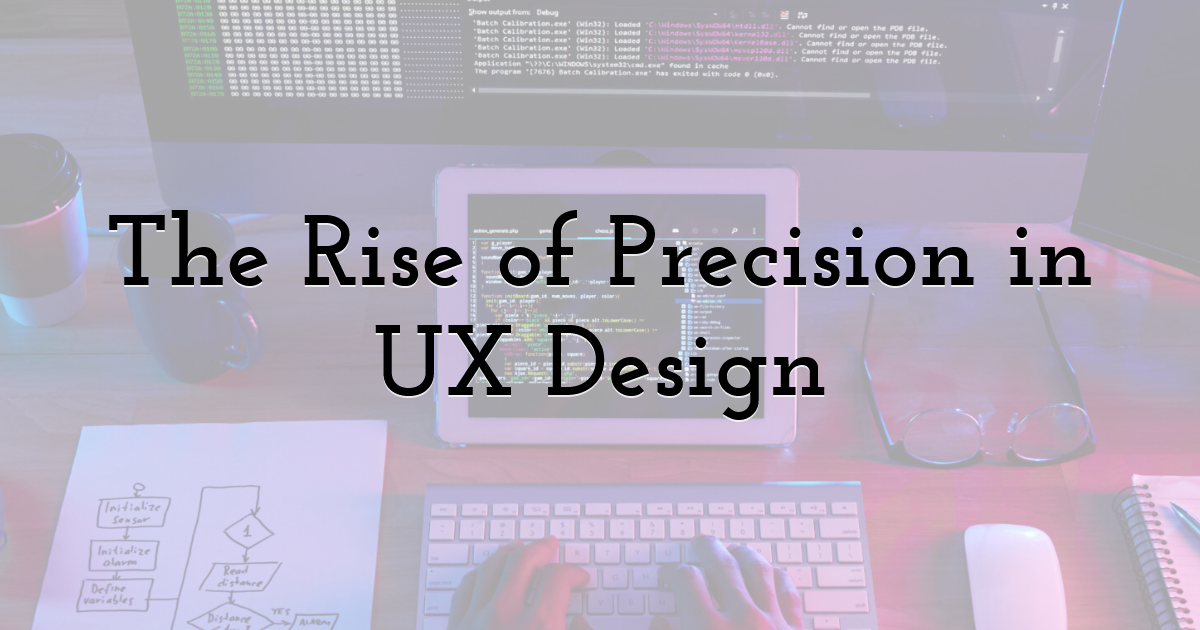
The concept of precision in UX design extends far beyond simple pixel alignment or the consistent application of visual styles. It encompasses a holistic approach where every element, interaction, and flow is meticulously analyzed and optimized for maximum clarity and efficiency. With modern precision tools, designers can measure user interactions with extraordinary granularity, understanding exactly how users engage with interface components, which areas attract attention, and where friction points occur. This allows for informed decisions regarding layout adjustments, micro-interactions, and navigational improvements. For instance, heatmap tools and click-tracking software, combined with high-fidelity prototyping platforms, enable designers to quantify user behavior and refine designs based on real-world usage patterns. Moreover, precision extends to accessibility considerations, ensuring that text, buttons, and controls are properly sized and positioned for users with varying abilities. By integrating these tools early in the design workflow, teams can minimize costly revisions later in development and deliver experiences that are both visually coherent and functionally robust. The attention to detail fostered by precision tools enhances overall engagement, as users encounter interfaces that feel intuitive, responsive, and thoughtfully designed, which is increasingly vital in competitive digital markets.
Key Tools Enhancing Accuracy
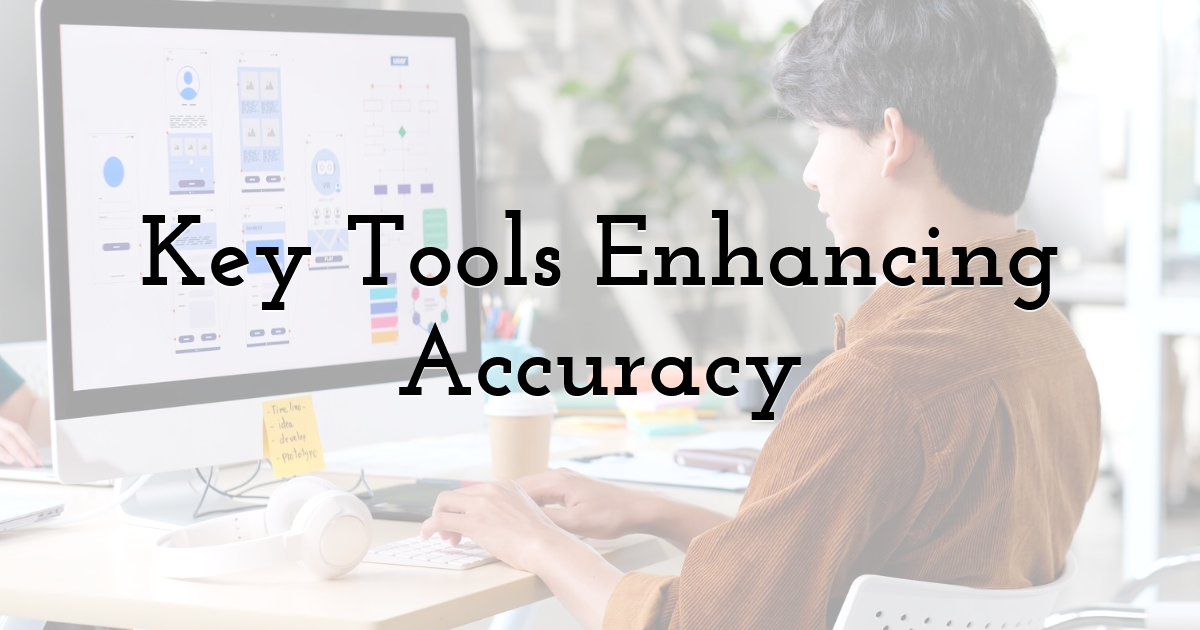
A variety of specialized tools are now central to modern UX workflows, providing designers with the capacity to achieve levels of accuracy and control previously unattainable. Vector graphic editors such as Adobe Illustrator and Figma allow designers to create scalable, pixel-perfect visuals, while prototyping platforms like Sketch, InVision, and Adobe XD enable interactive simulations of real-world user flows. Hardware tools, including high-DPI mice, styluses, and touch-sensitive drawing tablets, further enhance precision by giving designers fine-grained control over interface adjustments. For tasks that demand the utmost accuracy in cursor movements, designers increasingly rely on utilities like the mouse sensitivity converter, which allow for the calibration of input devices to match exact workflow requirements. This is particularly important for detailed tasks such as aligning typography, refining iconography, and ensuring consistent spacing across complex layouts. Additionally, plugins and scripts for popular design software provide automated measurement and alignment assistance, reducing repetitive manual adjustments and freeing designers to focus on creative problem-solving. By combining software precision with optimized input hardware, designers can achieve a seamless integration of form and function, producing interfaces that are both aesthetically compelling and operationally efficient. These tools also empower UX teams to iterate rapidly, making adjustments based on usability testing, feedback loops, and analytics data, thereby maintaining a continuous improvement cycle that elevates the quality of the final product.
Integrating Precision Tools into Collaborative Workflows
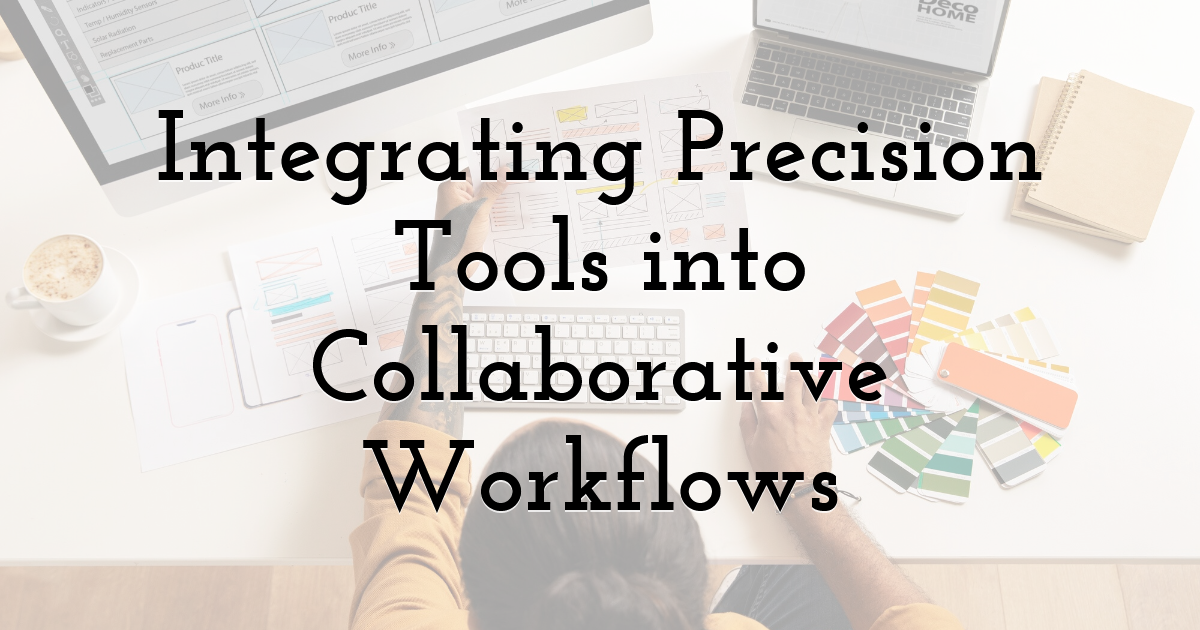
Modern UX design is rarely an isolated process; it thrives on collaboration between designers, developers, product managers, and stakeholders. Precision tools facilitate this collaboration by providing a shared framework for visual fidelity, interaction specifications, and design rationale. Cloud-based platforms allow real-time collaboration on design files, ensuring that updates are instantly visible to all team members and that version control maintains the integrity of design iterations. Tools such as Zeplin, Figma, and Abstract allow for precise annotation of design elements, communicating exact measurements, spacing, and color specifications directly to development teams. This level of precision reduces miscommunication and ensures that the final implementation mirrors the intended design. Furthermore, collaborative precision tools enable cross-functional teams to participate in usability testing, providing feedback on both aesthetic and functional aspects of interfaces. By standardizing measurements, alignment guidelines, and interaction behaviors, these tools help synchronize efforts across departments, ensuring that the product meets high standards for quality and user satisfaction. Ultimately, the integration of precision tools into collaborative workflows leads to more efficient project timelines, fewer revisions, and interfaces that resonate with end users due to their refined accuracy and coherent design structure.
The Impact on User Interaction

The primary objective of employing precision tools in UX design is to optimize the end-user experience by reducing friction and enhancing usability. Accurate alignment, responsive interface elements, and carefully calibrated input controls contribute to interactions that feel natural, fluid, and intuitive. Users can navigate complex applications with minimal cognitive load, complete tasks efficiently, and experience fewer errors, all of which strengthen trust and satisfaction with the product. Precision tools also enable the meticulous implementation of accessibility standards, ensuring that interfaces are navigable and legible for users with disabilities. Features such as consistent touch target sizes, readable typography, and adaptive layouts are directly supported by precision-driven design practices. Beyond functionality, the aesthetic refinement afforded by these tools reinforces the perception of quality and professionalism, making users more likely to engage with the product repeatedly. In addition, the capacity to measure and fine-tune user interactions provides designers with actionable data, informing iterative improvements that further enhance usability and engagement. By delivering interfaces where every interaction is thoughtfully designed, precision tools contribute to a holistic, inclusive, and satisfying user experience that meets the expectations of diverse audiences in today’s digital ecosystem.
Final Thoughts:
Precision tools are reshaping modern UX design by equipping designers with the capabilities to create interfaces that are visually impeccable, functionally robust, and user-centric. From meticulous layout alignment to sophisticated prototyping, these tools provide designers with unparalleled control over every aspect of interface creation. The combination of software precision, hardware optimization, and collaborative workflows ensures that designs are consistent, accessible, and responsive to real-world user needs. By leveraging tools like the mouse sensitivity converter and integrating them into iterative design processes, UX teams can achieve greater efficiency, reduce errors, and elevate the quality of the final product. As the digital landscape continues to evolve, precision tools will remain essential for designers seeking to deliver interfaces that are intuitive, inclusive, and highly satisfying for end users. Embracing these technologies is no longer optional; it is a strategic necessity for producing superior user experiences in an increasingly competitive market.
Until next time, Be creative! - Pix'sTory
Recommended posts
-

Minimalism in App Design: How Does it Boost User Experience
Read More › -
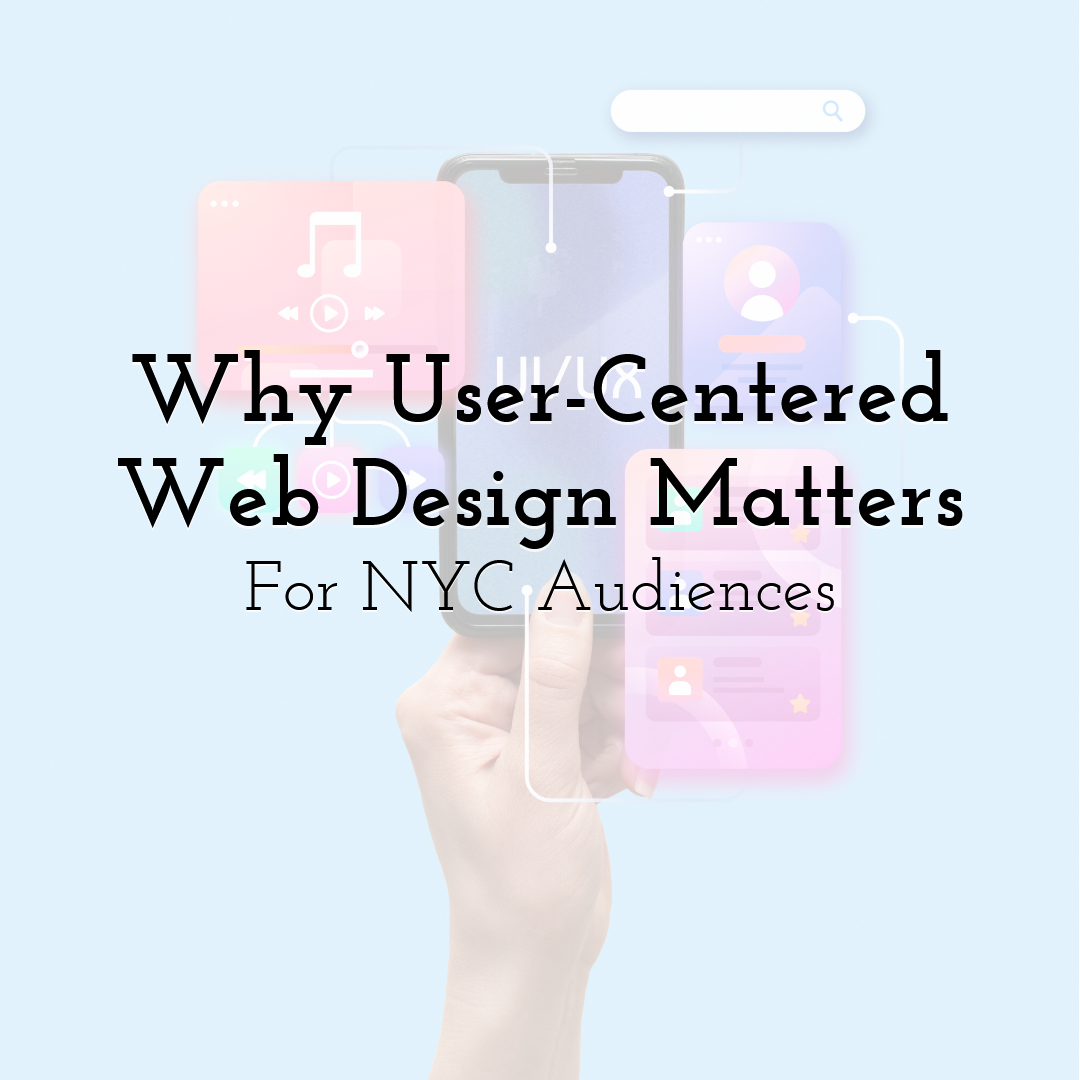
Why User-Centered Web Design Matters For NYC Audiences
Read More › -

The Business Value of Streamlined Knowledge Sharing
Read More › -
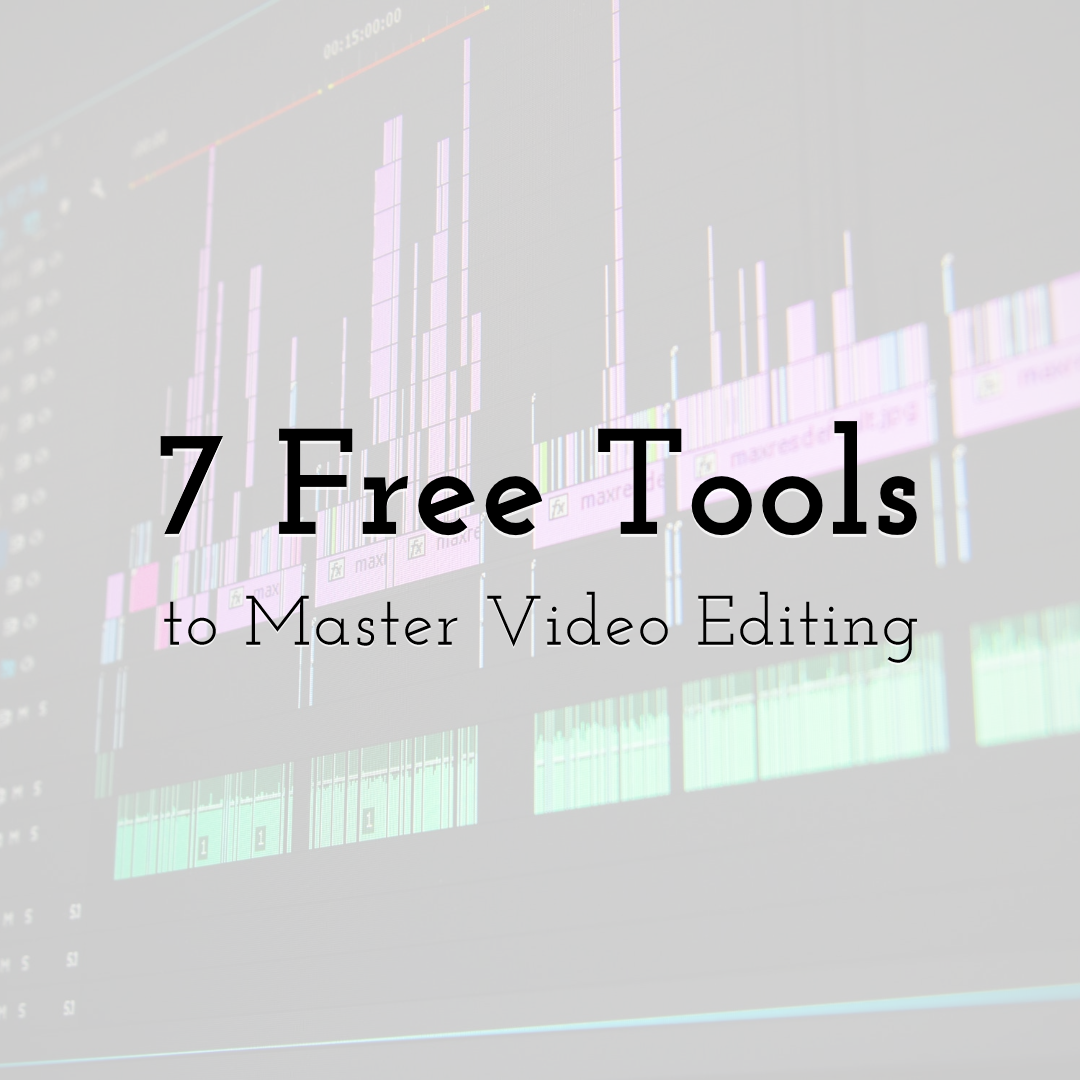
7 Free Tools to Master Video Editing
Read More › -

10 Reasons Why You Should Use Video Marketing for Business
Read More › -

How to Take Your Social Media Strategy to The Next Level
Read More ›
